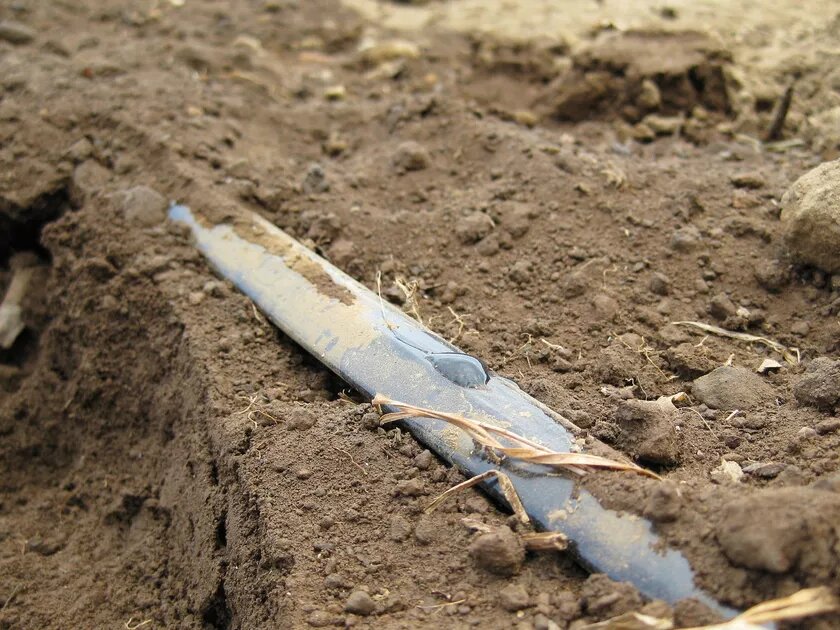
Natural resources constitute the basic support systems for life on earth. Hundreds of millions of people in both the urban and rural areas directly depend on natural resources for provision of crucial ecosystem services and livelihoods support. Water, soil, air, forests and biodiversity play a major role in supporting life systems which are crucial for human survival. In addition, minerals and fossil fuel deposits when sustainably exploited can play a big role in human development in terms of income generation, job creation and energy provision.
The East and Horn of Africa is characterized by favourable soils and climate for agricultural production, human settlement and quite rich biodiversity. In fact, these factors have played a crucial role in promoting the region as a major tourist destination both for recreation and game viewing. In addition the region is endowed with large deposits of minerals like gold, diamond, fluorspar, titanium, gemstones and iron ore. Coal, gas and oil deposits which were the main drivers of industrialization in many developed countries have been recently discovered in the region and people have high expectations that they will play a major role in development of the region.
However, exploitation of the available resources to the benefit of the people in the region is characterized by a myriad of problems and challenges. First and foremost, the region is categorized as a water stress region with majority of the land mass in Kenya, Tanzania, Ethiopia, Somalia and both Sudans being classified as either arid or semi-arid. Many a Conflicts between pastoralist communities within and across borders have arisen over water and pasture for their animals. Kenya, Uganda, Ethiopia and Sudan have experienced most of these conflicts which result into wanton destruction of property and sometimes loss of life.
Despite the region being a source of major rivers like Nile, Athi, Tana, Omo,Juba ,Ewaso nyiro, Daua and Shebelle . it is still highly dependent on rain-fed agriculture. The unpredictable nature of rainfall in terms of patterns and levels, a problem mostly associated with climate change, has negatively affected the region’s food security. Many a times, the region has relied on food aid from the rest of the world when there is drought. Overreliance on traditional subsistence farming methods which leads to land degradation and under-production only exacerbates food insecurity in the region.
Although the region is endowed with mineral deposits, lack of technology and capital has left some of these resources largely unexploited, while in some cases the governments make mining concessions with sometimes unscrupulous entities which give minimal or no benefits to the locals. The aftermath is animosity and conflict between the locals, the governments and the mining companies which in many cases leads to war, destruction of property and loss of lives and livelihoods.
Fossil fuels deposits have in the near past been discovered in the region and their exploration is still ongoing. Coal has been discovered in Kenya, natural gas in Tanzania, and oil in Kenya, Uganda and both Sudan and South Sudan. However, the region having had no past experience in this field and given the “oil curse” that has stricken many African countries, the residents have a keen eye trailed on their respective governments to see how they will handle mining of these resources to avoid the pitfalls that others have fallen into.
Finally, forests in the region have always played a significant role as the source of biomass energy in the region, source of food for the hunting and gathering communities and a habitat for the unique flora and fauna identified with this region. However, the forests are currently being over-exploited for timber and charcoal production while land use change for agriculture and development purposes has seen the proportion of forests in many countries in the region fall to below the 10% recommended by FAO. These changes have not only hampered the access to the services provided by the forests but have also contributed globally to the phenomenon of global warming and climate change.
Our vision, our dream…
Download here the full essay.